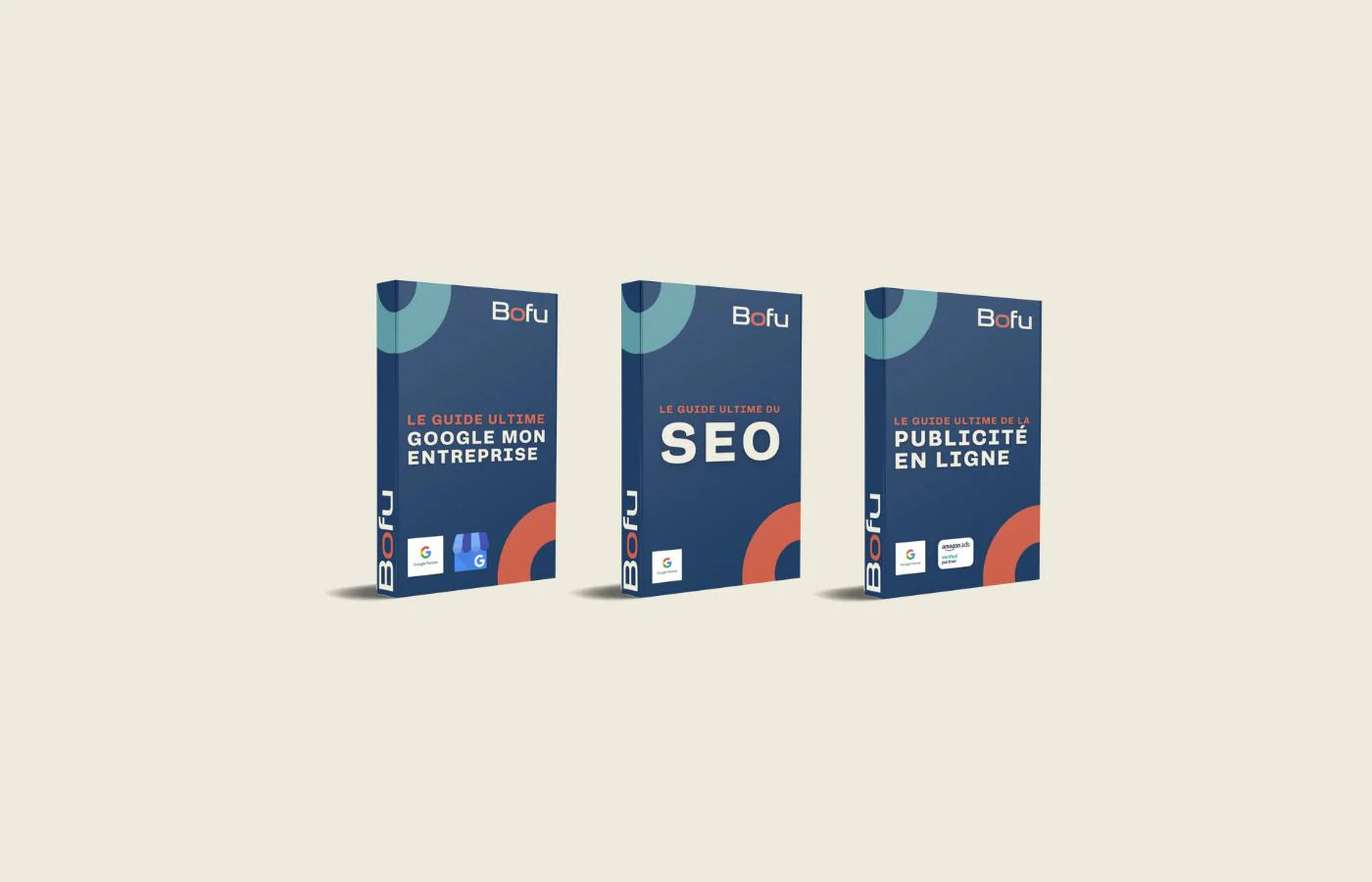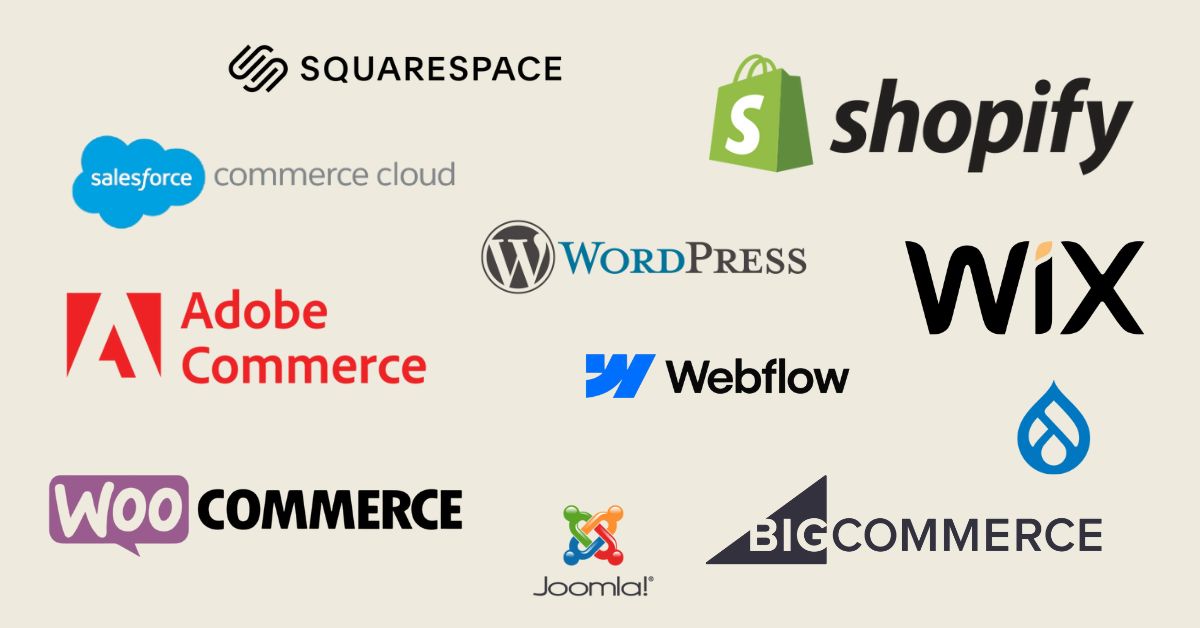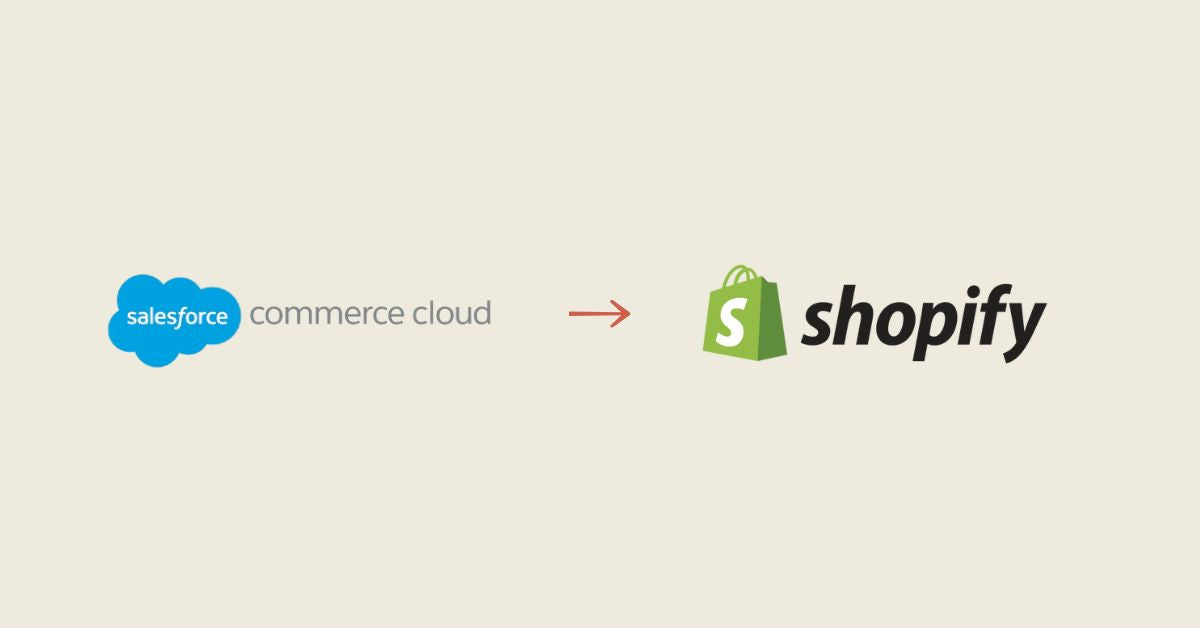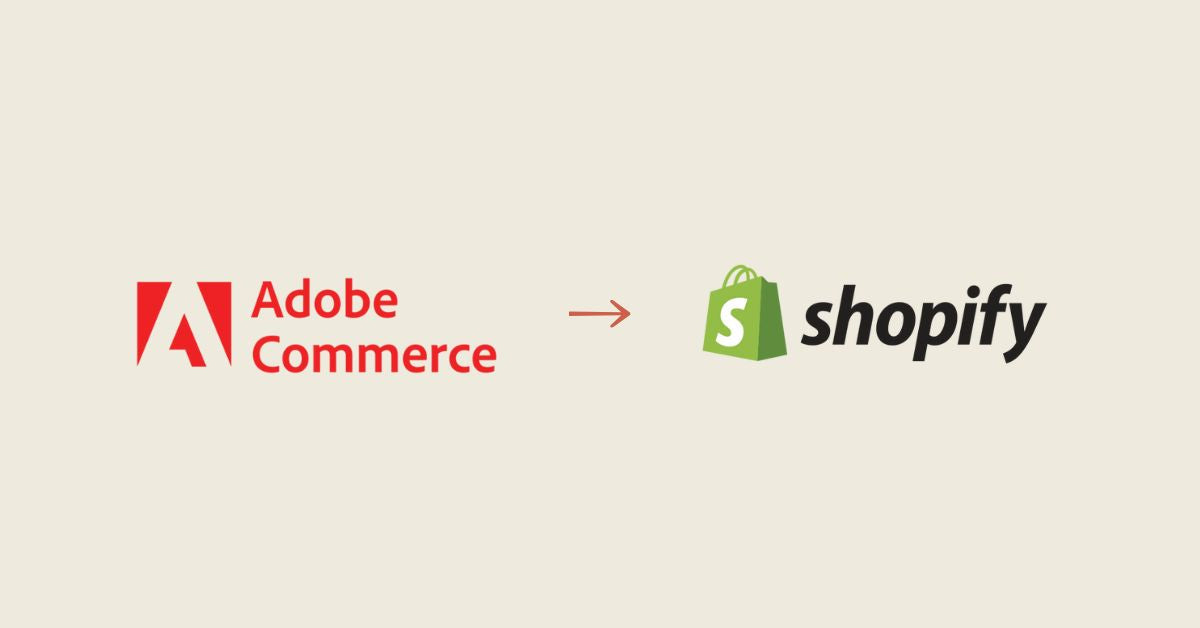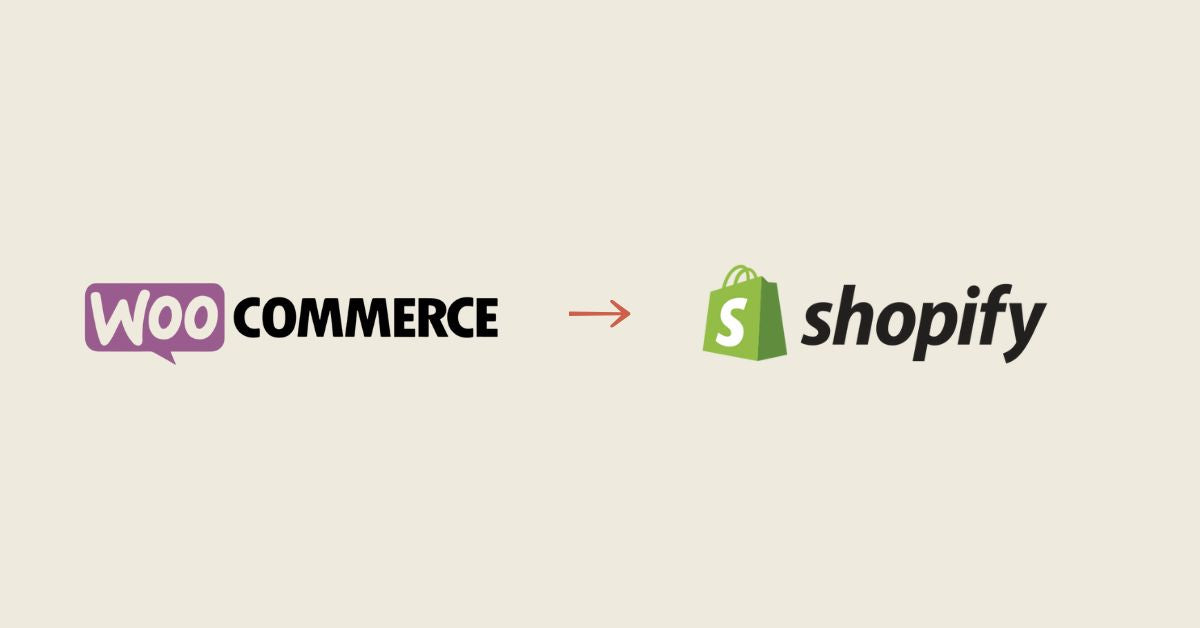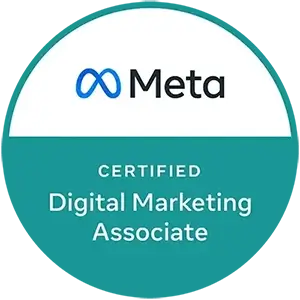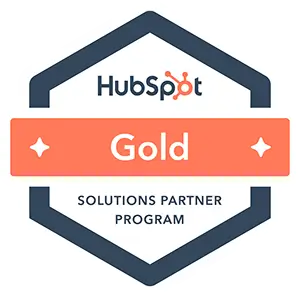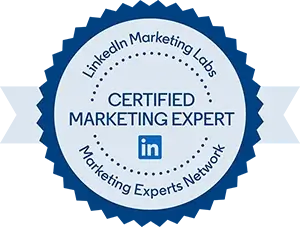Introduction
Search Experience Optimization (SXO) is the fusion of SEO (Search Engine Optimization) and UX (User Experience). The goal of SXO is to attract visitors via search engines AND provide them with an optimal experience once they arrive, to maximize conversion, retention, and satisfaction.
But SXO goes beyond simple SEO/UX pairing: today it has become omnichannel search optimization . It's about making the experience consistent and engaging, no matter where the visitor arrives: Google search, AI-generated response, product sheet, YouTube video or social link.
Search Experience Optimization (SXO) is the fusion of SEO (Search Engine Optimization) and UX (User Experience). The goal of SXO is to attract visitors via search engines AND provide them with an optimal experience once they arrive, to maximize conversion, retention, and satisfaction.
In a context where artificial intelligence increasingly values user behavior signals, SXO is becoming an essential performance factor for service, e-commerce and media companies.
SXO Objective
Make every organic visit more effective by:
-
Perfectly meeting the search intent
-
Facilitating navigation and understanding
-
Encouraging action (form, purchase, reading, sharing)
-
Reducing friction and abandonment
Why SXO is becoming a priority
AI engines like Google SGE take into account indirect UX signals:
-
Time spent on page
-
Bounce rate
-
Navigation to other content
-
Completion of a goal (click, interaction, conversion)
A good ranking is no longer enough: the user experience influences your future visibility .
SEO vs SXO Comparison
| Element | Classic SEO | SXO (Search Experience) |
|---|---|---|
| Main objective | Rank well on Google | Convert visitors |
| Focus | Keywords, tags, links | UX, speed, conversion |
| Performance measurement | Organic traffic | Conversion rate, bounce rate |
| AI and UX Impact | Weak | Very high (behavioral signals) |
| Optimal result | Visibility | Satisfaction + action |
SXO Best Practices
1. Optimize speed and mobile compatibility
-
Using Google PageSpeed Insights and Core Web Vitals
-
Prioritize responsive design and loading times < 3 seconds
2. Structure content for readability
-
Clear and hierarchical titles
-
Short paragraphs, well-placed visuals, bullet points
-
Estimated reading time, interactive summary
3. Reduce conversion friction
-
Calls to action visible from the top of the page
-
Short forms, without unnecessary fields
-
Clear navigation, consistent menu
4. Align content with search intent
-
Ensure that the promise of the title is kept
-
Add additional FAQ sections, videos, or guides
-
Test multiple versions of content (A/B testing)
Concrete application for a business
Services
A wellness center offers a page for “therapeutic massage in Montreal” with:
-
Simplified appointment booking form at the top of the page
-
Customer testimonials, establishment photo, integrated map
-
Estimated reading time: 2 min
E-commerce
An online store optimizes its product sheet to:
-
Fast charging (<2.5s)
-
Fixed and visible purchase button
-
Filterable customer reviews, product FAQs, high-quality images
Media
A news site offers:
-
Estimated reading time
-
Navigation between related articles (tags or sections)
-
Prominent social sharing buttons
Practical example
Customer case
A dental clinic has redesigned its service pages:
-
Added appointment booking buttons visible from the top of the page
-
Mobile optimization and reduction of unnecessary content
-
Seamless navigation between different types of care
Result: +40% conversions via mobile and -25% bounce rate on mobile and tablet.
An e-commerce client selling kitchen equipment redesigned its product sheets to include:
-
A demonstration video
-
An always visible “add to cart” button
-
An enriched FAQ
Result: +18% conversion rate and +32% average time spent on the page.
Useful tools for SXO
-
Google PageSpeed Insights / Lighthouse: web performance
-
Microsoft Clarity / Hotjar: heat maps, UX recordings
-
Google Analytics 4: Behaviors and Conversion Funnels
-
AB Tasty / Google Optimize: A/B tests
Indicators to follow
| KPI | Recommended tools |
|---|---|
| Bounce rate | GA4, Clarity, Hotjar |
| Average time spent on page | GA4, Clarity |
| Conversion (lead, purchase) | GA4, CRM, Shopify, HubSpot |
| Loading speed | PageSpeed, GTmetrix |
| Scrolling / Clicks | Clarity, Hotjar |
To remember
-
SXO links technical performance, design, content and conversion.
-
It aims to satisfy user intent and encourage action.
-
It becomes an indirect SEO factor with AI evaluating UX signals.
Common mistakes to avoid
-
Slow or not mobile-friendly page
-
Absence of visible call-to-action
-
User journey blocking (pop-ups, unclear navigation)
-
Disappointing content compared to the title's promise
Quick Glossary
-
Core Web Vitals : Google performance indicators (speed, visual stability, interactivity)
-
UX : user experience (navigation, readability, satisfaction)
-
Conversion : target action achieved (purchase, registration, request, etc.)
-
Bounce rate : % of visitors who leave after just one page
-
Responsive design : a site that adapts to all screens
Complete SXO Checklist
-
My site loads quickly on mobile (<3 sec)
-
My pages have a clear button or call to action right at the top
-
The content is structured, readable and scannable
-
There is a clear objective per page (appointment booking, purchase, click)
-
I analyze clicks, scrolls and bounce rates
-
My pages are consistent with search intent
When to prioritize SXO in your strategy?
SXO should be at the heart of your digital strategy if:
-
You have good SEO traffic but few conversions
-
Your pages have a bounce rate above 50%
-
You are targeting mobile, busy, or low attention span users
-
Your content is complex or multi-step (forms, ordering process)
-
You want user experience to boost your SEO performance in the long term
Conclusion
SXO is the critical link between visibility, engagement, and conversion. Without a good user experience, even the best content can fail to convert.
Optimizing the search experience means making sure every visit counts—for the user and for the algorithms.
LEARN MORE
You're viewing one part of our comprehensive guide to SEO in the age of artificial intelligence , a must-read for understanding how to adapt your digital strategy to new search engines, generative AI, and the modern user experience.
Access the main guide here:
The SEO Guide to the Age of Artificial Intelligence
Continue reading with the specialized sub-articles:
-
GEO – Generative Engine Optimization : How to appear in answers generated by Google SGE, Bing Copilot or Perplexity.
By combining SEO and GEO, a skilled GEO agency helps you stay visible in an ecosystem where artificial intelligence engines are redefining search paths.
To maximize your visibility in artificial intelligence engines, it is often wise to collaborate with a specialized GEO agency that masters the best practices of optimization for generative engines. -
AIO – AI Indexing Optimization : Optimize your site structure for AI-driven indexing algorithms.
-
AEO – Answer Engine Optimization : Achieve position zero and respond effectively to voice or written queries.
